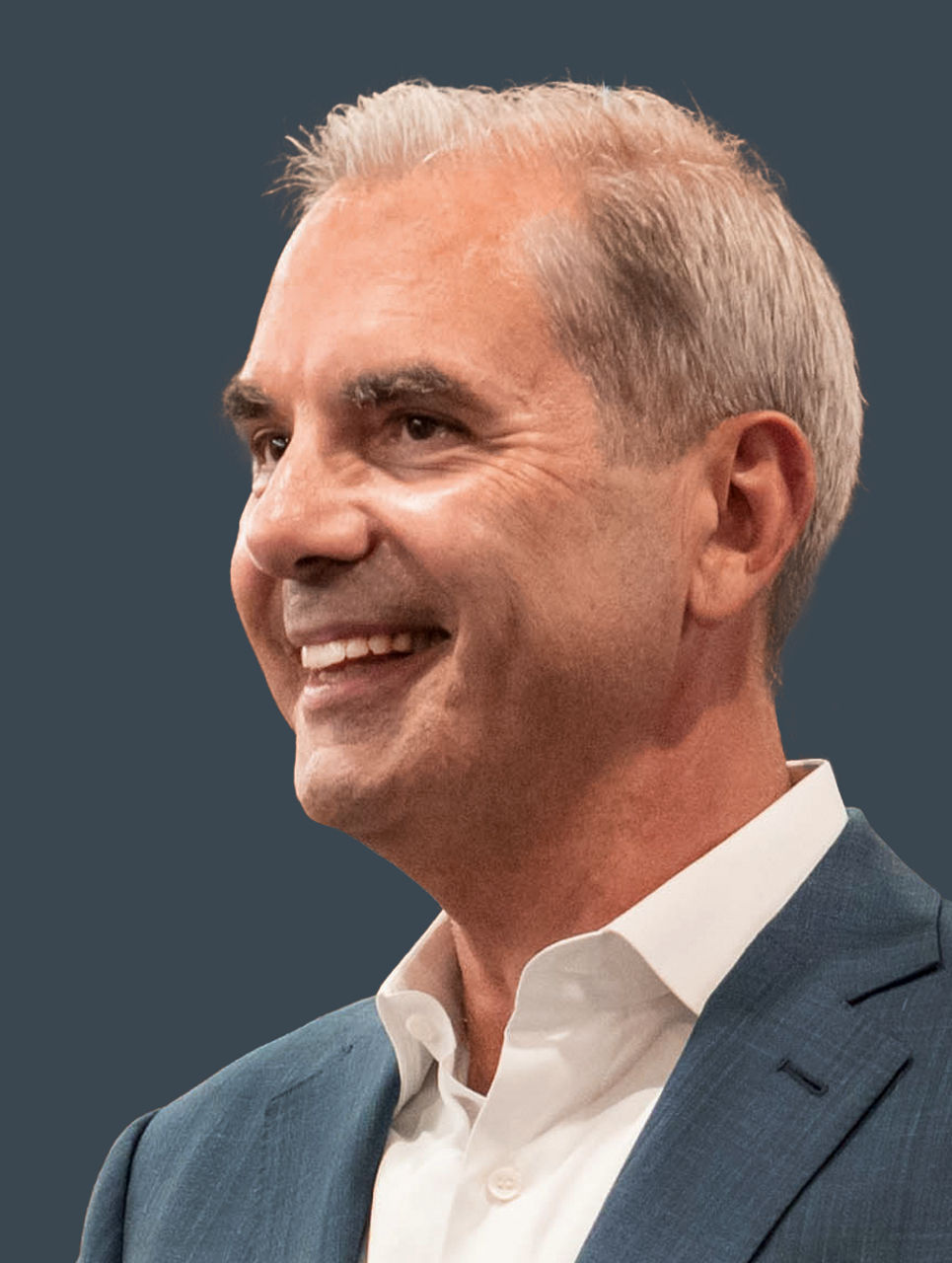1. Medicines brought to market by BXLS and development company employees and advisors (Nick Galakatos, Paris Panayiotopoulos, Kurt Wheeler, Barry Gertz, Dennis Henner, Deborah Dunsire, Kiran Reddy, Francois Nader, Olivier Brandicourt, John Maraganore, Peter Honig, Elaine Caughey) while they worked at BXLS, Clarus and at prior employers. The development of a medicine involves many professionals. The degree of involvement by a given BXLS, advisor, or development company professional varies medicine to medicine. Therefore, the performance shown reflects the contributions of a number of professionals and may not be indicative of any individual’s contributions to the transactions. The number of developed medicines is measured when a drug is approved in any jurisdiction.
2. As of January 1, 2025. Based on Phase III drug developments analyzed between 2010–2024. In deriving the Phase III success rate, Blackstone uses the same methodology as Evaluate Pharma, neither of which methodology incorporates data relating to approval for MedTech products. In determining the success rate, both Blackstone and Evaluate Pharma consider a drug’s approval by the US FDA or the EMA to each count as a separate, independent approval and a drug’s approval in each new indication to also be considered an approval when calculating the success rate. This methodology will result in a higher success rate than would otherwise result if only one of the aforementioned types of approval were used when calculating the success rate. For purposes of calculating the success rate, Blackstone does not include any Phase III trials that were never initiated. A trial is considered “initiated” when the first patient is enrolled in a clinical trial. For the avoidance of doubt, Blackstone considers suspended, abandoned, or never completed trials as “failures” when determining the success rate. Whereas Evaluate Pharma’s review period is as of January 1, 2000 – January 1, 2025, BXLS’ review period is from 2010 to 2024, which coincides with the period beginning when BXLS, through a predecessor fund, made its first investment in a Phase III drug trial. Evaluate Pharma’s data represents their most recently available data. There are risks and limitations to comparing BXLS’ shortened period of review to Evaluate Pharma’s longer and different period because market conditions, including among others macroeconomic factors and regulatory and policy considerations, as well as other factors beyond BXLS’ control, change regularly and could adversely impact the likelihood of approval, thereby negatively impacting the industry’s and BXLS’ success rates in a given time period. These and numerous other factors may adversely affect the success rates, and thus success rates in one time period are not directly comparable to success rates of drugs evaluated in different time periods.
3. The annual funding gap is BXLS’s estimate of the gap between the annual spread between the demand for medicine and device development capital and the supply of development capital from pharmaceutical and MedTech companies through R&D budgets. Data sources are Evaluate Pharma and Morgan Stanley, Market Update Presentation to BXLS. January 2024.
4. In BXLS, a small percentage of our deals could include equity investments in our counterparties. Note that other BXLS investments may additionally include equity kicker investments that are ancillary to the primary investment.
5. There is no assurance that any Blackstone Life Sciences or any other Blackstone strategy will effectively hedge inflation.
Blackstone Life Sciences (BXLS)
Medicines Brought to Market[1]
160+
MDs or PhDs on the Team
20
Phase 3 Success Rate[2]
85%
Note: All figures as of December 31, 2024, unless otherwise indicated.
WHAT WE DO
We collaborate with pharmaceutical, biotech and medical technology companies to aim to address unmet medical needs that have the potential to improve the quality of life for patients around the world.

Filling a Void
Expertise and Scale
Seeking Primarily Attractive Market Uncorrelated Returns[4] at Lower Risk
CASE STUDIES
The Blackstone Life Sciences investment and operations team is responsible—both in its current capacity and prior experiences—for bringing 160+ medicines to market in 13 different therapeutic areas.[1]
MODERNA COLLABORATION
ALNYLAM
ANTHOS THERAPEUTICS, INC
MODERNA COLLABORATION
-
Moderna Collaboration
Moderna Collaboration
-
Alnylam
Alnylam
-
Anthos Therapeutics, Inc.
Anthos Therapeutics, Inc.
NEWS & INSIGHTS
PE Hub: Blackstone Life Sciences’ Nicholas Galakatos Hails ‘New Era in Medicine’
Nick Galakatos, Global Head of Blackstone Life Sciences, discusses the recent wave of potential medicines thanks to innovation and breakthroughs in technology – and how partners like BXLS can help accelerate treatment development pipelines that would otherwise be limited by the availability of capital.
BioSpace: Sanofi Rebounds with $329M Blackstone Infusion for Multiple Myeloma Drug
BioSpace covers Blackstone’s partnership with Sanofi, which aims to accelerate the pharma company’s ability to provide the subcutaneous formulation of multiple myeloma drug Sarclisa to patients in a more innovative and convenient manner. This investment exemplifies BXLS’ commitment to providing flexible capital to help advance vital medicines.
WSJ: New Blood Thinners Will Prevent Blood Clots Without Causing Bleeding
Several blood thinners are being developed that could prevent the clots that cause heart attacks and strokes – without some of the side effects.









